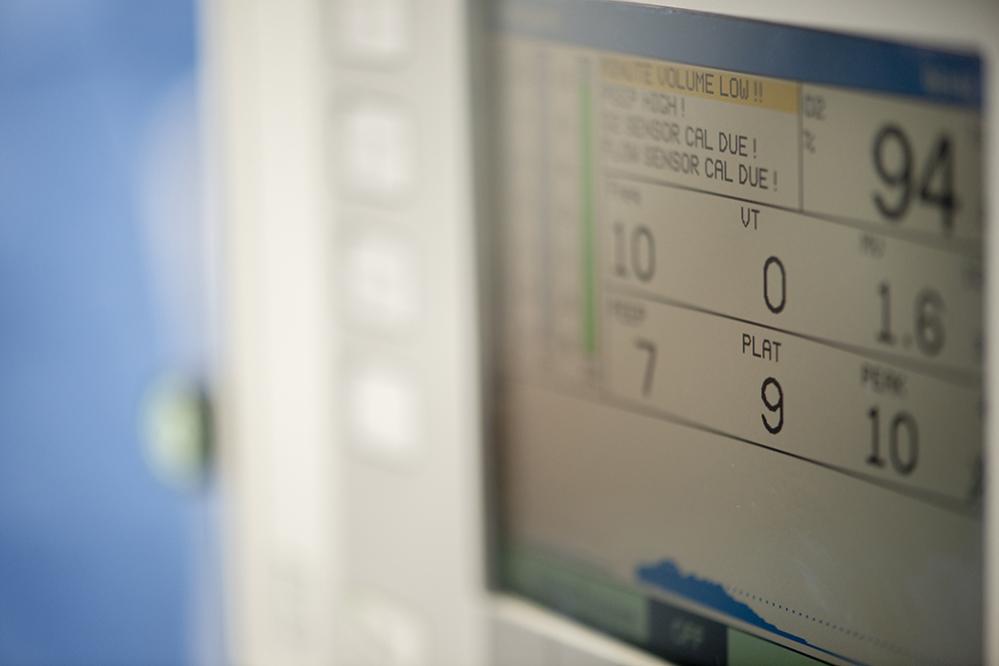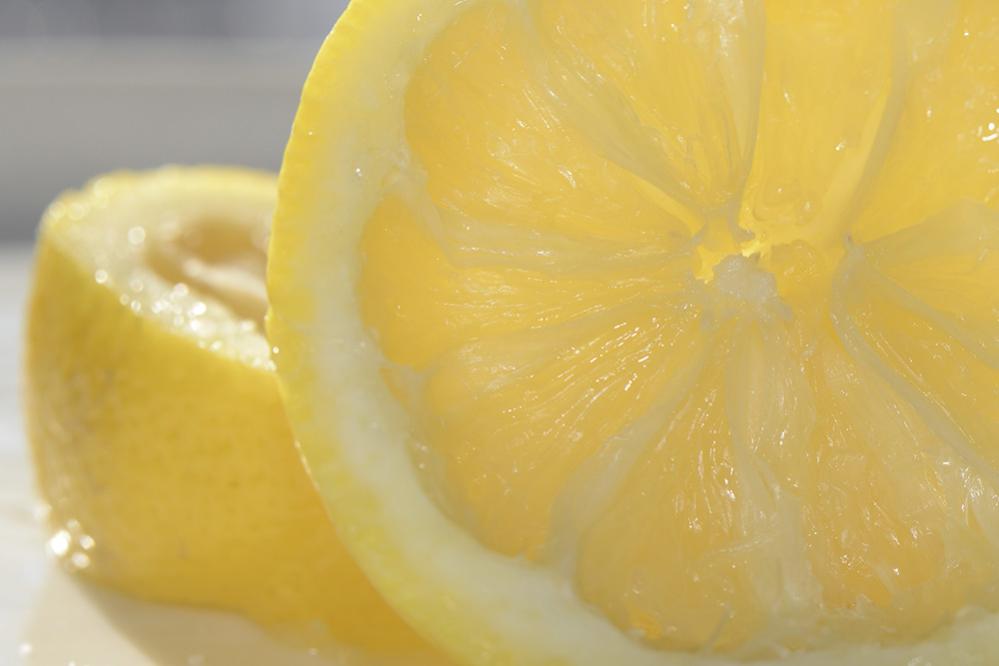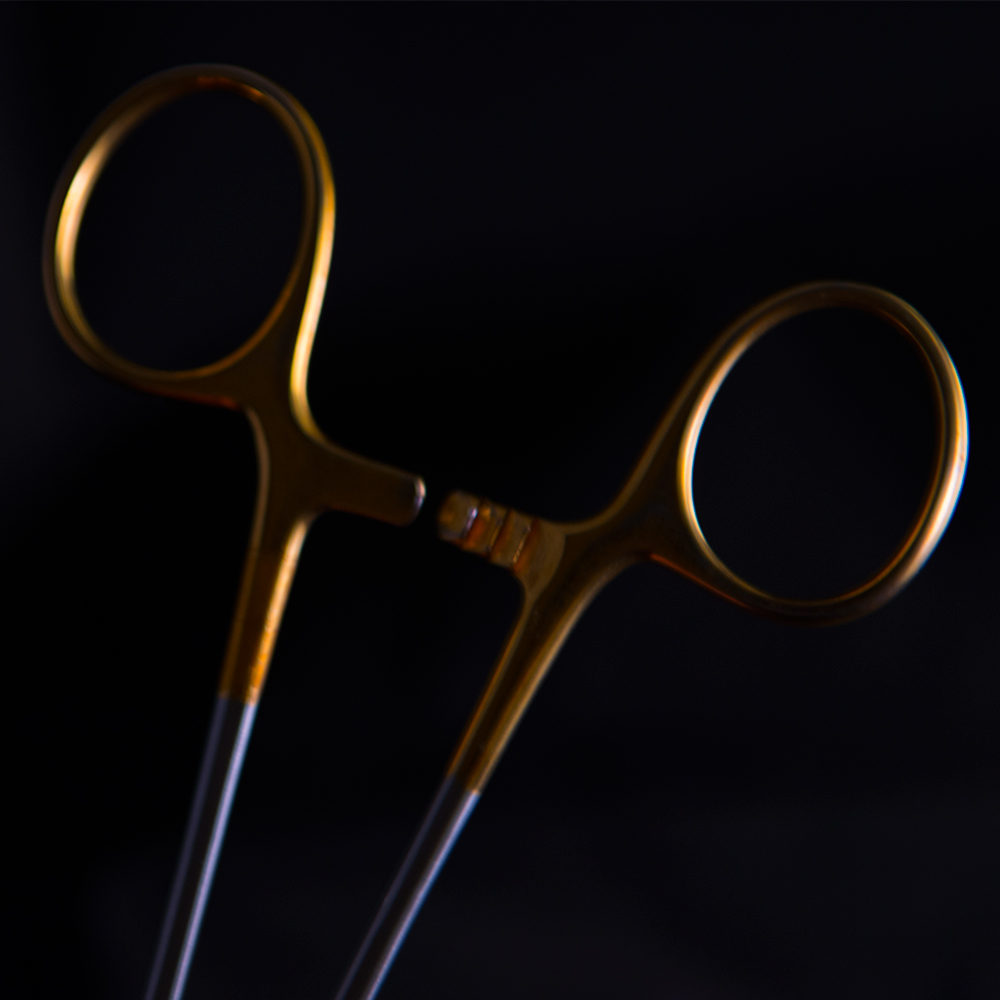Laparoscopic Trocars
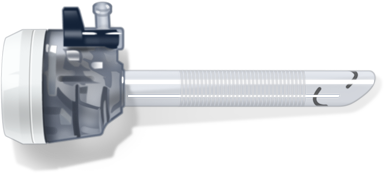
In its simplest form, a trocar is a pen-shaped instrument with a sharp triangular point at one end, typically used inside a hollow tube, known as a cannula or sleeve, to create an opening into the body through which the sleeve may be introduced, to provide an access port during surgery.
Different Materials and Different Function
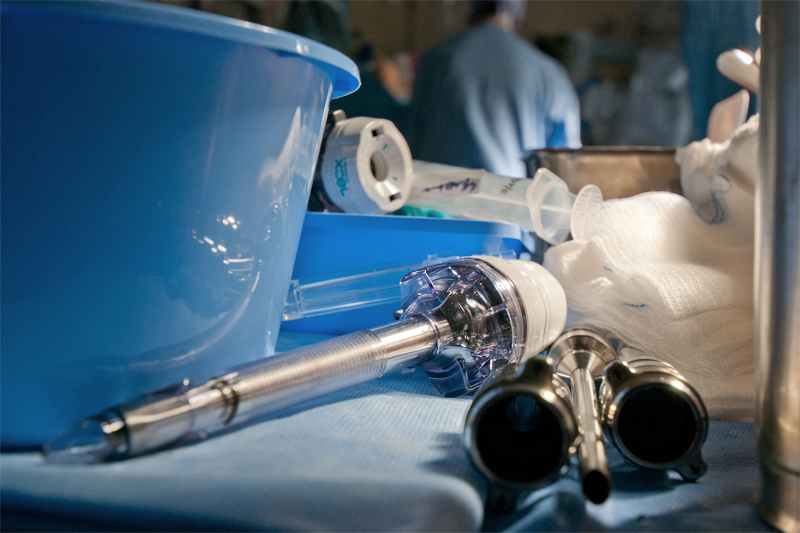
Such devices have been in use for thousands of years: Aulus Cornelius Celsus detailed the use of trocar-like instruments in his six-volume medical encyclopaedia De Medicina in c.30AD, and Arab physician Albucasis (936–1013) described a similar surgical tool in his own thirty-volume encyclopaedia of medicine, the Kitab al-Tasrif. Use of the term “trocar” was not recorded until the early 1700s and it is most likely a derivation of the French trochart,from trois, meaning “three” and carré, meaning “edge”.
Robotic Trocars as Simple Metal Tubes
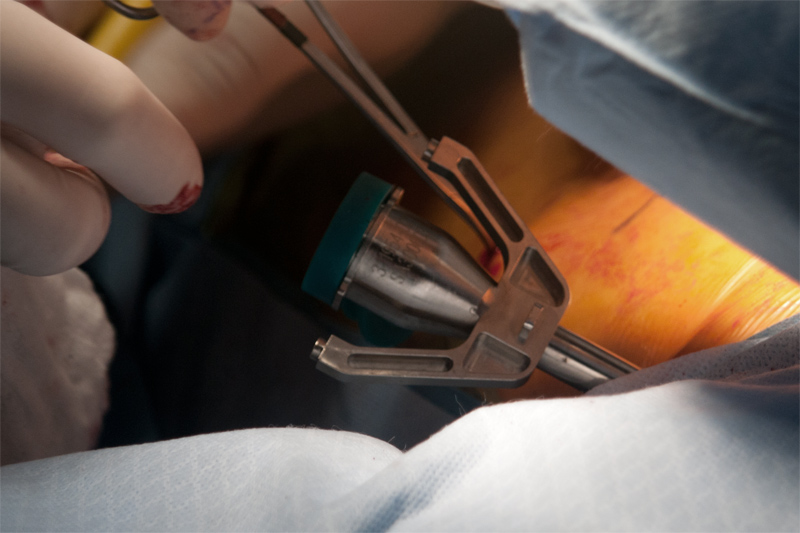
Originally used as a means of draining fluids or gasses from the body, by the mid-18th century, urologists had begun to use trocars to guide surgical scopes into the bladder. George Kelling is credited with performing the first documented laparoscopic procedure in 1901, during which the German doctor and early advocate of minimally invasive surgery used a trocar and scope to examine the abdominal organs of a dog. In his 1920 paper on diagnostic laparoscopy, American Radiologist Benjamin Henry Orndoff described a pyramidal trocar tip of the kind still in use today.
The 1950s saw the introduction of a dual trocar method, with German gastroenterologist Heinz Kalk among the first surgeons to routinely apply such an approach. Kalk went on to make a number of refinements to the technique, establishing it as a safe and efficient surgical practice, thus laying the foundations of modern laparoscopic surgery. Modern techniques continue to make use of multiple trocars. Most commonly, a primary trocar is used to create a port through which the laparoscope is introduced, with between one and three secondary trocars used to create additional ports of entry for surgical instruments such as scissors and graspers, or to assist in drainage of fluids, as required by the specific procedure.
Today, a very wide range of precision-engineered laparoscopic trocars exists, with instruments available in a variety of lengths and diameters, and with many different styles of tip. Most modern trocars comprise an outer housing assembly, a sleeve that fits inside the housing assembly and a piercing stylus which slots into the sleeve such that the tip protrudes from the lower end of the instrument. The stylus is used to create an opening in the abdominal wall through which the sleeve is inserted and fixed into place, following which the stylus is removed through an opening in the upper end of the instrument to allow insertion of a laparoscope or other surgical tools through the sleeve. Where it was once used to refer solely to the piercing stylus, the term “trocar” is now generally used to refer to the whole assembly.
Gateways for Minimally Invasive Instrumentation

One of the fundamental techniques of laparoscopy involves creation of a pneumoperitoneum by inflating the abdomen with carbon dioxide to create separation between organs and increase the internal space available for manipulation of surgical instruments. Insufflation, as it is known, can be performed using a Veress needle prior to placement of the primary trocar, or via the trocar itself, through a gas intake port, typically located on the side of the outer housing. Once the laparoscope has been introduced, secondary trocars can be placed under direct laparoscopic observation, to minimise risk of injury.
A gas-tight valve is located at the top of the trocar to allow instruments to be inserted and removed during a procedure without permitting the insufflated carbon dioxide escape. Various types of valve are available, offering different characteristics in terms of leakage, mode of operation and location on the trocar. Spring loaded or magnetic trap-door valves can be operated single-handedly, whereas manually retractable types such as trumpet valves offer low levels of leakage, but require the use of both hands and can sometimes cause damage to instruments during insertion or removal if not fully opened. Flexible silicone seals can be used to minimise gas leakage if instruments of differing diameter need to be inserted through the same port during a procedure. Alternatively, some designs allow for the attachment and removal of a separate outer valve during use, such that the diameter of the valve opening can be matched to that of the required instrument. More recently, a valveless trocar has been designed that makes use of a pressurised curtain of gas at the top of the instrument, eliminating the need for a valve altogether. This approach has the dual benefit of significantly reducing carbon dioxide leakage and smudging of the laparoscope lens, which is problem commonly associated with traditional valve types.
Various designs of single-use and reusable trocar are available. Although the initial cost of a reusable trocar is high, the per-use cost is significantly less than that of disposable types. However, reusable trocars can be difficult to sterilise due to the number of small parts that comprise the valve and gas inlet assemblies. Additionally, over time, the tips can become blunt, and the valves leaky and stiff. Some manufacturers now offer a combination type, employing a reusable sleeve and piercing stylus, in conjunction with a single-use valve assembly.
Sleeves are available with diameters in the range 3mm to 30mm, with 5mm and 10mm being the most commonly used. Sleeves may be metal or plastic, and smooth or threaded, with the latter offering more secure placement within the abdominal wall. Additionally, the end of the sleeve through which the trocar extends may be straight or angled. Optical trocars have a transparent plastic sleeve, into which the laparoscope may be fitted prior to insertion of the trocar, enabling the surgeon to monitor the passage of the instrument through the layers of the abdominal wall. The internal surface of the sleeve must be non-reflective, to avoid light from the laparoscope interfering with the surgeon’s view.
The pointed pyramidal tip from which the trocar gained its name is now one of several different types available, with outer diameters ranging from around 2mm to 15mm. Other designs include flat double-edged blades, and pointed conical tips. Bladed trocars reduce the amount of force needed for the instrument to pass through the abdominal wall. For increased safety, some designs now include a spring-loaded plastic shield that automatically covers the blade as it enters the abdominal cavity. Conical tips can be either metal or plastic and require a small initial incision to be made using a scalpel. They pass through the tissues of the abdominal wall by stretching rather than cutting them. This leads to improved sleeve retention as it is surrounded by intact tissue layers that help hold it in place. The main potential advantages, however, are reduced patient discomfort and recovery time.


